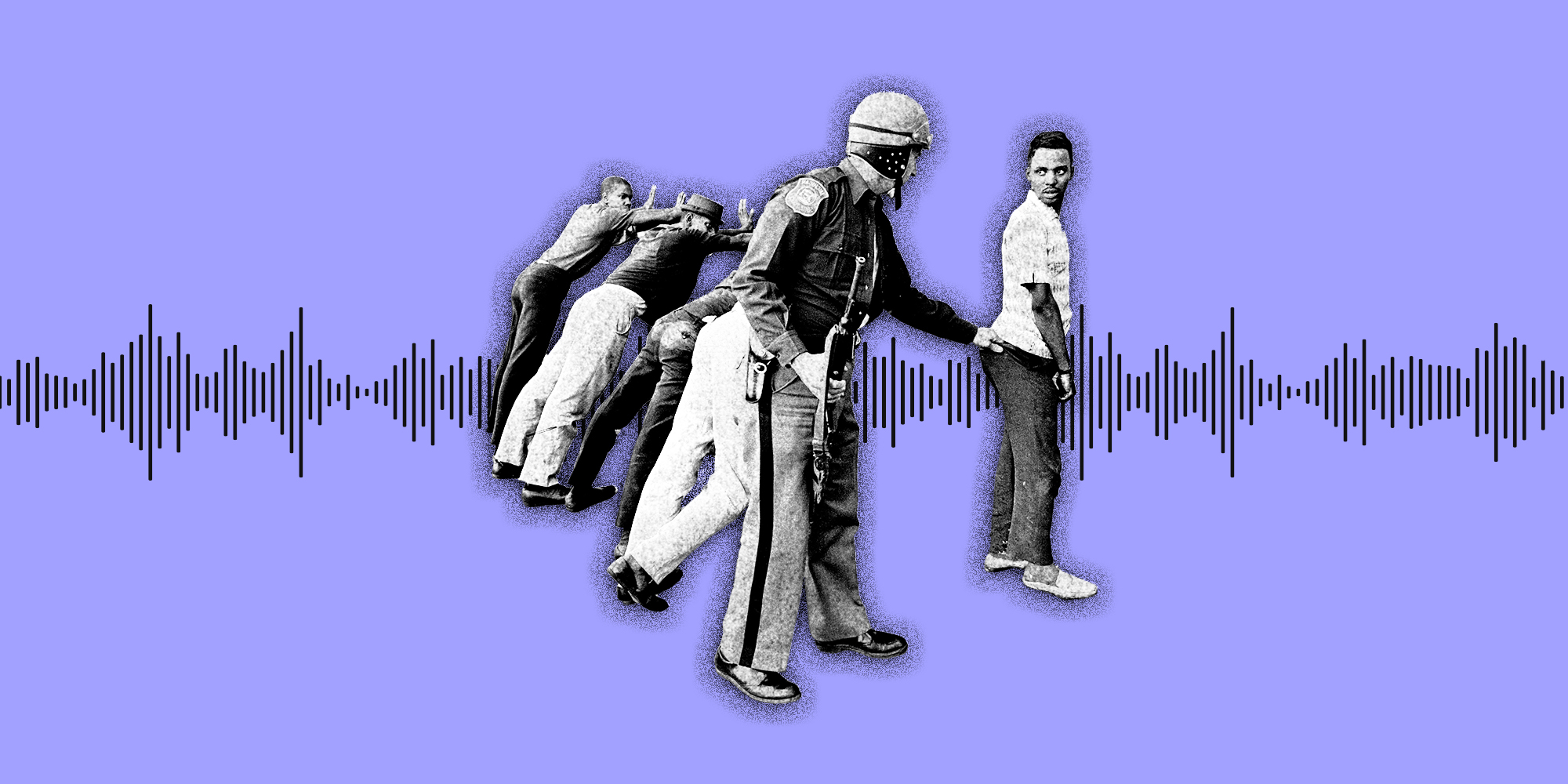America continues to grapple with deep-seated issues of police brutality and racial injustice, a stark reality eerily reminiscent of the nation’s tumultuous past during the “long hot summer” of 1967. Fifty years after widespread riots and government commissions, the echoes of militarized police forces responding to protests against discrimination remain unsettlingly loud, challenging the notion of societal progress.
The landmark 1967 Kerner Report, commissioned by President Lyndon B. Johnson, delivered a devastating verdict, concluding that America was “moving toward two societies, one black, one white — separate and unequal” due to systemic racism, particularly in policing. This pivotal document laid bare the root causes of civil unrest, directly linking them to police conduct and unequal economic outcomes, a conclusion unprecedented in its directness at the time.
While the underlying issues persist, the demographics of civil unrest have evolved significantly. Unlike the predominantly Black and male participants of the 1967 uprisings, protests following incidents like the murder of George Floyd in 2020 showcased broad-based participation across gender, racial, and ethnic lines, signaling a true political movement rather than mere frustration. This inclusive participation underscores a wider societal awakening to systemic issues.
Historically, authorities have often mislabeled legitimate protests as mere “riots,” dismissing participants as “riffraff” or “outside agitators.” The Kerner Commission, however, debunked this narrative by studying nearly 14,000 arrested individuals, finding them to be embedded community members with jobs and ties, not disconnected troublemakers. This distinction between civil unrest and genuine political demonstrations remains crucial for understanding public dissent and avoiding counterproductive responses.
Remarkably, the Kerner Commission itself comprised diverse, even opposing, viewpoints, including a white Southern police chief and a conservative Republican congressman. Despite their varied backgrounds, these eleven individuals unanimously reached the bold conclusion that white racism and institutions were the primary drivers of the disturbances. This consensus represented a monumental shift in official understanding, influencing discussions around racial justice for decades.
One positive outcome of the Kerner Report was its extensive recommendations for improved crowd control, moving away from dangerous tactics like live ammunition to more measured police academy training. However, the report also influenced “riot theory” by emphasizing support for “law and order,” carefully avoiding language that might condone property destruction, even as some members privately viewed the unrest as justifiable responses to injustice. This tension highlights ongoing debates about acceptable forms of dissent.
The historical debate surrounding the Kerner Report’s chapter on American history, particularly its candid portrayal of Black experiences, foreshadows contemporary controversies over Critical Race Theory and DEI initiatives. Initial reactions within the commission mirrored modern pushback against teaching uncomfortable truths about the nation’s past, yet the report ultimately published this critical perspective. This perseverance offers hope that mature conversations about difficult history can lead to greater understanding without undermining national identity.
Despite its profound insights, many of the Kerner Report’s far-reaching recommendations were never fully implemented at the scale and pace intended. Subsequent national crises like the Vietnam War, Watergate, and the energy crisis diverted public and governmental focus, preventing a sustained commitment to the report’s ambitious agenda for societal transformation. This highlights the challenge of maintaining long-term dedication to systemic change amidst evolving priorities.
Today, the Kerner Report’s lessons remain critically relevant, offering a guide for understanding present-day challenges in policing and racial justice. As discussions around government accountability and the preservation of democracy intensify, acknowledging the deep roots of civil unrest and the enduring legacy of unaddressed historical grievances becomes paramount for charting a more equitable future for America.






Leave a Reply